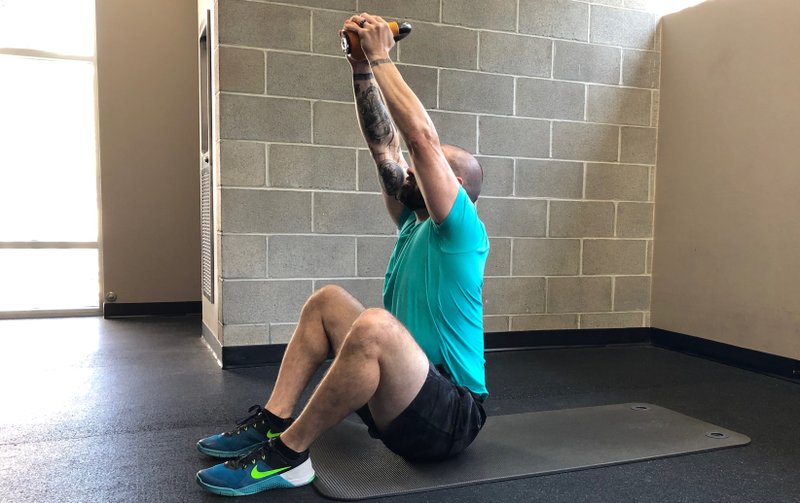Cardiovascular exercise intensity is a variable that has become much easier to measure over the past decade, in many ways. With so many wearable devices on the market, a simple phone tap can pull up a mountain of data related to your current heart rate, average heart rate, target heart rate and so on.
Thirty years ago, real-time exercise data analysis was only used by professional athletes and the infamous Ivan Drago in Rocky IV. It's true that heart rate monitors existed, but they were clunky, and the cumulative data were difficult to acquire and understand. Aerobics enthusiasts just felt for their pulse and counted the number of beats in 60 seconds. While relatively accurate, this method only provided a snapshot of exercise intensity and no aggregate data to analyze later.
The advent of wearables and smartphone-synced mobile apps has created a huge pendulum swing in the opposite direction. These days, exercisers have an incredible amount of information at their fingertips during the workout. It's a blessing and a curse, as the data are only useful to those who understand how to change their activity levels to take advantage of the information.
And that's what I'd like to discuss this week. Specifically, I'd like to share some ways to adjust exercise intensity during a workout by constantly monitoring your heart rate.
Most people know that the "target" heart rate zone is between 75% and 85% of their maximum heart rate (calculated as 220 minus age). This information is often printed right on the treadmill console and is certainly available through the various wearable devices and mobile apps. (Set aside for now your questions about the various ways of calculating max heart rate and just go with me here.) The trouble is, those cardio machines only give you periodic data points to ensure your heart rate is within that zone. So micro-adjustments in exercise intensity are not necessarily made until the next data point is collected.
In between, you might be slowing down or even goofing off. Those little adjustments in intensity can add up to better results.
This is why I recommend wearing a heart rate monitor during cardiovascular sessions and placing your phone with its mobile app running on the cardio machine console. This will allow you to view and think about real-time information about your exercise intensity so that you're able to make little adjustments along the way. If the heart rate slips below 75% of max, you will see that and know that it's time to pick it up a notch. And you will do that.
Some cardiovascular machines also sync with certain wearable devices and heart rate monitors. If this is the case, the mobile app strategy isn't necessary. But often it's a great way to ensure that real-time data are captured, viewed and used to produce a better workout.
This week's exercise also provides a unique opportunity to monitor intensity but through another method. The Bridge to Situp is designed to challenge the core muscles rather than the cardiovascular system. So intensity can be monitored by evaluating the "burn" in the target muscle group.
1. Grab a medium-weight kettlebell and lie on your back on an exercise mat. Hold the kettlebell with both hands over your chest with your knees up, feet on the floor.
2. Press the hips up into a bridge position.
3. Squeeze the gluteal muscles and then lower the hips down to the floor.
4. Immediately go into a situp while keeping the kettlebell in position in front of the chest.
5. Lower the torso back down, and then go back into a hip bridge.
6. Continue this pattern for 12 repetitions of the bridge/situp combo for two sets.
Monitoring exercise intensity during this type of movement can be tricky, but there is one key factor that can help guide effort. The first sign that fatigue has set in is a breakdown of form, and so when your form slips, that intensity should be reduced to avoid compensating by using other muscle groups. Or worse, sustaining an injury due to overexertion.
Maintain good form throughout and monitor any breakdowns to maximize efficiency during the Bridge to Situp. Your core will thank you!
Matt Parrott has a doctorate in education (sport studies) and a master's in kinesiology and is certified by the American College of Sports Medicine.
Style on 08/19/2019

